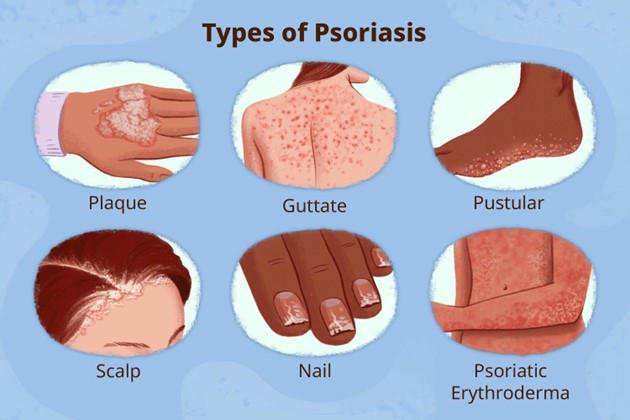A nurse is reinforcing teaching for a client who has a new ascending colostomy. Which of the following comments by the client indicates an understanding of the teaching?
I will irrigate the colostomy every day.
I will notify my doctor if the stoma starts to look purple.
I will no longer be able to eat nuts.
I should expect my stool to be formed.
The Correct Answer is B
I will notify my doctor if the stoma starts to look purple
The comment by the client indicating an understanding of the teaching is option B: "I will notify my doctor if the stoma starts to look purple."
I will irrigate the colostomy every day in (option A) is incorrect. Colostomy irrigation is not necessary for all clients with an ascending colostomy. It is important to individualize the teaching based on the client's specific needs and healthcare provider's instructions. Routine colostomy irrigation may not be required, and the client should follow the healthcare provider's guidance regarding colostomy care.
I will no longer be able to eat nuts in (option C) is incorrect. There are generally no dietary restrictions for clients with an ascending colostomy, unless otherwise advised by their healthcare provider. It is important to provide accurate information about dietary considerations, which may vary based on individual circumstances and healthcare provider recommendations.
I should expect my stool to be formed in (option D) is incorrect. With an ascending colostomy, the stool is typically liquid or semi-liquid as it comes from the ascending colon, which is higher in the gastrointestinal tract. The stool is not expected to be formed. It is important for the client to have appropriate expectations regarding stool consistency to manage their colostomy effectively.

Nursing Test Bank
Naxlex Comprehensive Predictor Exams
Related Questions
Correct Answer is A
Explanation
A.Sunlight exposure can actually be beneficial for clients with psoriasis, as ultraviolet (UV) light can help reduce the growth of skin cells and alleviate symptoms. If the client is limiting their sunlight exposure, they might be missing out on a potential therapeutic benefit. However, it is important to balance sun exposure and avoid overexposure to prevent skin damage.
B.Avoiding fabric softener can be a proactive measure to prevent skin irritation, which is beneficial for someone with psoriasis.
C.This could indicate emotional distress or body image concerns, but it doesn’t necessarily need to be reported unless the client shows signs of depression or anxiety affecting their daily life.
D.This is correct practice to ensure the effectiveness of the medication.

Correct Answer is A
Explanation
Placing soiled linens on the floor can lead to cross-contamination and the spread of infectious agents. This can pose a risk to the immunocompromised client, who may be more susceptible to infections.
Lining waste containers with single bags helps contain potentially infectious waste and facilitates proper disposal. This reduces the risk of contamination and exposure to infectious materials.
Using dampened cloths for dusting helps minimize the spread of dust and airborne particles. Dampening the cloth can help capture the dust and prevent it from becoming airborne, reducing the potential for respiratory exposure.
Placing uncapped sharps in a puncture-resistant container is an essential practice to prevent needlestick injuries and the transmission of bloodborne pathogens. This ensures safe disposal of sharps and reduces the risk of accidental needlestick injuries to healthcare workers and clients.
Whether you are a student looking to ace your exams or a practicing nurse seeking to enhance your expertise , our nursing education contents will empower you with the confidence and competence to make a difference in the lives of patients and become a respected leader in the healthcare field.
Visit Naxlex, invest in your future and unlock endless possibilities with our unparalleled nursing education contents today
Report Wrong Answer on the Current Question
Do you disagree with the answer? If yes, what is your expected answer? Explain.
Kindly be descriptive with the issue you are facing.
